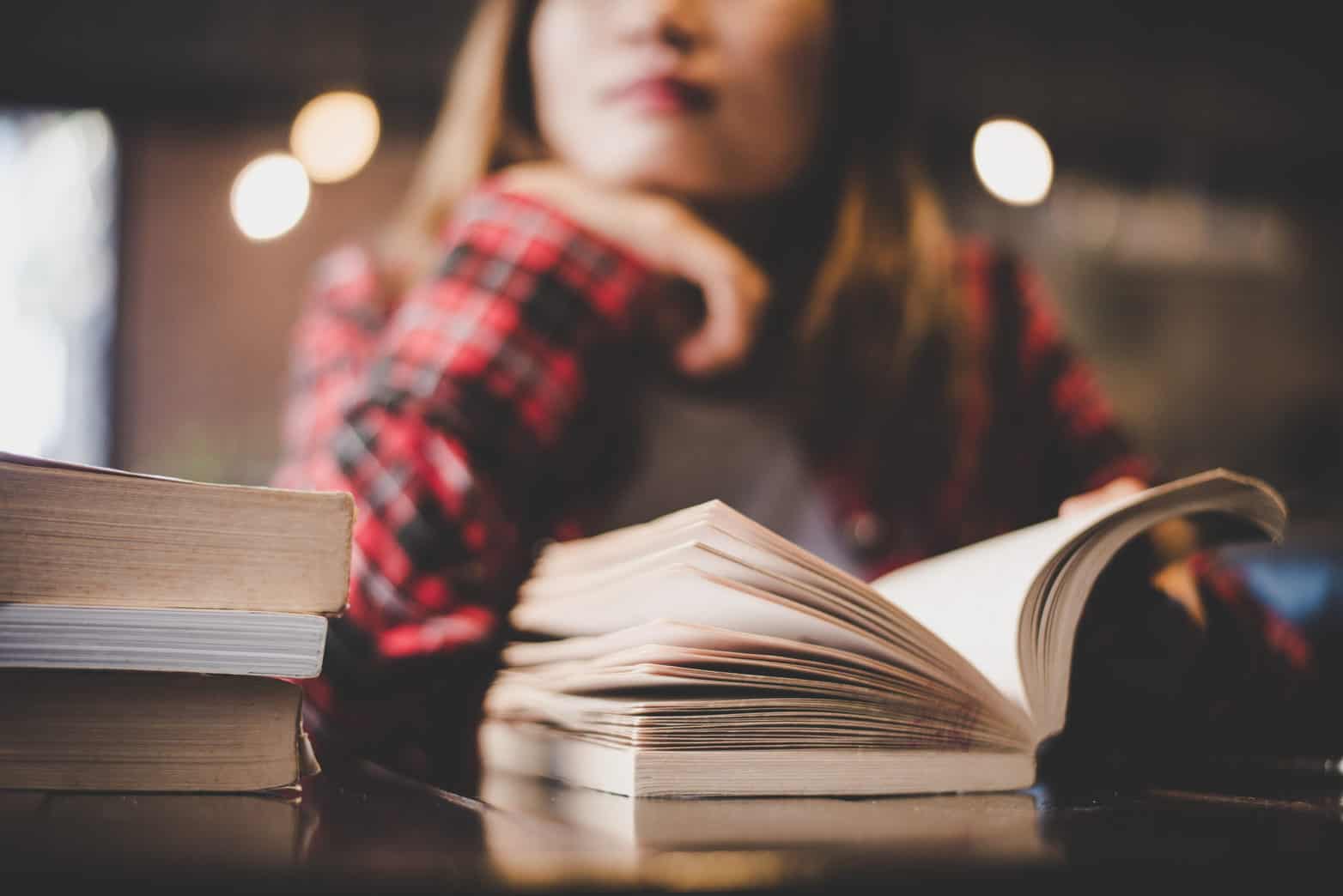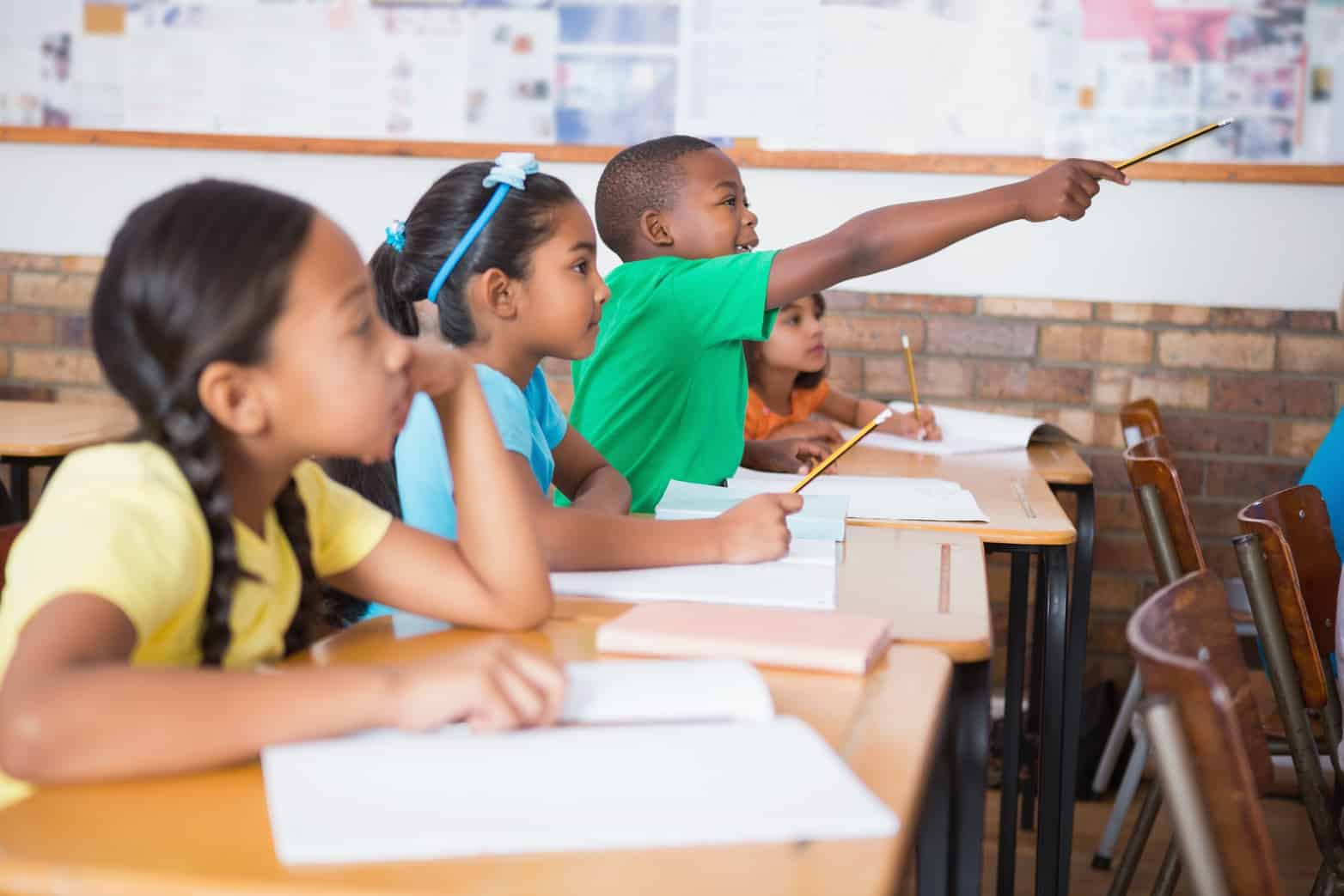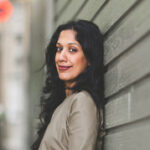Childhood reflection
When I reflect back on the books I read throughout grade school, I can remember several titles: Snow Treasure; The Lion, the Witch, and the Wardrobe; 12 Angry Men; and Where the Red Fern Grows. The authors of these novels took me as a reader to places like Norway, Oklahoma, and New York. In high school, I read books like The Awakening, To the Lighthouse, and The Invisible Man. The majority of the books I read about were windows into the worlds of protagonists who were white Americans and white Europeans. When we did read about non-white protagonists, we rarely spoke about dynamics related to race, gender, or class. While I could see myself in some of these books because of universal experiences like grief and love, limiting the reading experience to a few specific voices subconsciously taught me that only certain voices mattered.
Outside of school though, I had another experience. My family and I returned to India every few years or so to visit our extended family. It was in India that I discovered a whole set of different authors, authors that opened up my world to people who looked like me and whose generational histories related to mine. I learned about India’s independence through reading Midnight’s Children by Salman Rushdie and about the State of Emergency by reading Rohington Mistry’s A Fine Balance. Once I read about these kinds of stories, the floodgates opened. I wanted to read more and more books that I could relate to, whether it was because a character ate masala dosas or a mother dressed in a sari to attend a wedding. I was able to connect to these texts in a way that validated my family’s culture while also learning so much more about a complex history of a country that was a part of my identity.

School had some catching up to do–it was not until college when I began learning more about topics like colonial legacy throughout the world and the Civil Rights movement in America. In other words, between kindergarten until 12th grade, there were no books that reflected my history or the many histories of Africa, Asia, the Middle East, Latin America, and America.
As my worldview increased, my desire to learn about others increased. I remember reading stories from the Dominican Republic (In the Time of Butterflies), Asian America (The Joy Luck Club), Black America (The Bluest Eye), Nigeria (Things Fall Apart), and Germany (Night). With each story, my curiosity, care, and wonder about humans expanded. With each story, my cultural competence grew (Ladson-Billings, 1995).
Allowing our students to see the world
After college, I became a teacher. I felt passionately about increasing my students’ cultural competence. I wanted them to both see themselves in the books they read and also see worlds beyond their own. When I became a 6th-grade-teacher in Brooklyn, New York, my students were African-American, Latinx, and Caribbean. Several of the books we read included: The Diary of Anne Frank. America Street, The Outsiders, Bronx Masquerade, The Skin I’m In, and Stargirl. Just last year, a student wrote to me telling me how he still connects with the protagonist in The Skin I’m In because of how she grappled with being a dark-skinned Black student in school.
I can also recall when my students finished reading The Diary of Anne Frank. We had a Holocaust survivor come in to speak to them about her life. They were riveted by what she told them. Reading was a chance for them to increase their empathy about those who were different from them. Reading also validated their personal experiences and made them feel like they were not alone with what they faced.
As the school year begins and our students enter the classroom, don’t be afraid of a) getting to know who they are and what they care about, b) providing them mirrors of who they are and windows into other worlds through the literature they read, and c) engaging them in conversations about the world around them and the events impacting humanity. Ask them what they want to read about, allow them to question injustices occurring throughout the world, have them write autobiographies about their lives, celebrate their stories and larger histories, make their identities come alive in class the way schools should do for students.
Three years ago, while living in Nairobi, Kenya, I took a fiction writing class. I read incredible stories from Rwanda, Kenya, Uganda, Liberia, South Africa and beyond. What emerged from my writing was the story of a young woman who visited India and after decades of hiding from her truth, she finally discovered what was most important to her. I am certain my younger self would have loved the protagonist’s journey. I am grateful I could still find the story within me. I am also certain that our students have stories within them they are ready to share from a young age. The ability to validate our students’ lived experiences while also exposing them to the incredible world around them through the books we choose will take them far, both as students and as human beings.
Citation:
Ladson-Billings, G. (1995). But that’s just good teaching! The case for culturally relevant pedagogy. Theory into Practice, (34)3, 159-165.

















Hi Sheeba, this is so impactful, and I can’t help but wonder if you’d like to discuss this on our literacy podcast (Melissa and Lori Love Literacy). We have interviewed Meredith and David Liben, Sue Pimentel, and a host of other incredible educators – would love to add your name to the list! Please email if interested. Thank you! 🙂 Melissa & Lori